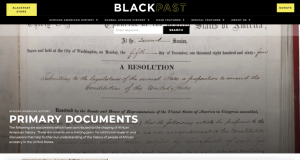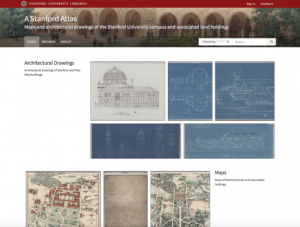 |
June 23, 2017 Volume 23, Number 25 |
Research and Education |
General Interest |
Network Tools |
In The News |
Research and EducationBack to Top | |
 |
|
 |
|
 |
|
 |
|
 |
|
 |
|
 |
|
 |
|
General InterestBack to Top | |
 |
|
 |
|
 |
|
 |
|
 |
|
 |
|
 |
|
Network ToolsBack to Top | |
 |
|
 |
|
In The NewsBack to Top | |
Ancient DNA Shows How Domesticated Cats Spread throughout the World | |
|
How cats conquered the ancient world Cat Tale: Ancient DNA Reveals How Your Kitty Came to Be How Cats Used Humans to Conquer the World The paleogenetics of cat dispersal in the ancient world Are Cats Domesticated? TED-Ed: Tony Buffington: Why do cats act so weird? On Monday, June 19th a team of scientists, led by Claudio Ottoni of Leuven University, published a paper in Nature Ecology & Evolution that examines how cats became domesticated and spread across the globe. Ottoni and his team examined the mitochondrial DNA of 209 ancient felines, including those found alongside Egyptian mummies or in Viking graves. From this survey, the team identified two major cat lineages that, together, contributed to the contemporary cats we are familiar with today. The oldest line came from Anatolia, a region in modern day Turkey, about 10,000 years ago; the other line began in Egypt a few millennia later. In Anatolia, cats were attracted to local farms, where they devoured mice and other rodents; farmers, in turn, welcomed cats as a form of pest control. Cats soon spread across Europe, reaching places like Bulgaria and Romania by ship. Meanwhile, domesticated Egyptian cats traveled with humans along Mediterranean trade routes. Ottoni notes, "It's still unclear, however, whether the Egyptian domestic cat descends from cats imported from the Near East or whether a separate, second domestication took place in Egypt. Further research will have to show." [MMB] The first three links take readers to three articles (by Helen Briggs at BBC; Laura Geggel at Live Science and Sarah Zhang at The Atlantic) that provide nice overviews of this new study. Those interested in reading the research in full can do so via the fourth link. Next, readers will find a 2015 essay from The New Yorker in which Ferris Jabr explores the question "Are Cats Domesticated" via archeological evidence. Finally, the last link takes visitors to a TED-Ed talk that explores cat behavior from an evolutionary perspective. | |





